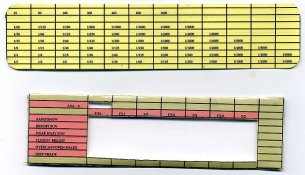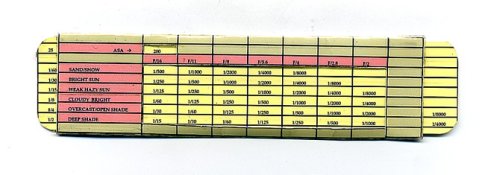Mike Kennedy
Member
I am in a bit of a dilemma in regards to metering. A friend of mine has "come in from the cold", shelved her digi and picked up a nice little Pentax K-1000.I have no problem with instructing her in film development and basic darkroom tecniques but my personal way of metering has left her cold.
Over the past number of years I have tweaked the standard metering tecniques to suit my tastes.Its extremely difficult to teach to a very structured thinking person. Any thoughts on a "one-size-fits-all" metering solution?
Thanks,
Mike
Over the past number of years I have tweaked the standard metering tecniques to suit my tastes.Its extremely difficult to teach to a very structured thinking person. Any thoughts on a "one-size-fits-all" metering solution?
Thanks,
Mike





 Which, of course, you are !
Which, of course, you are !

